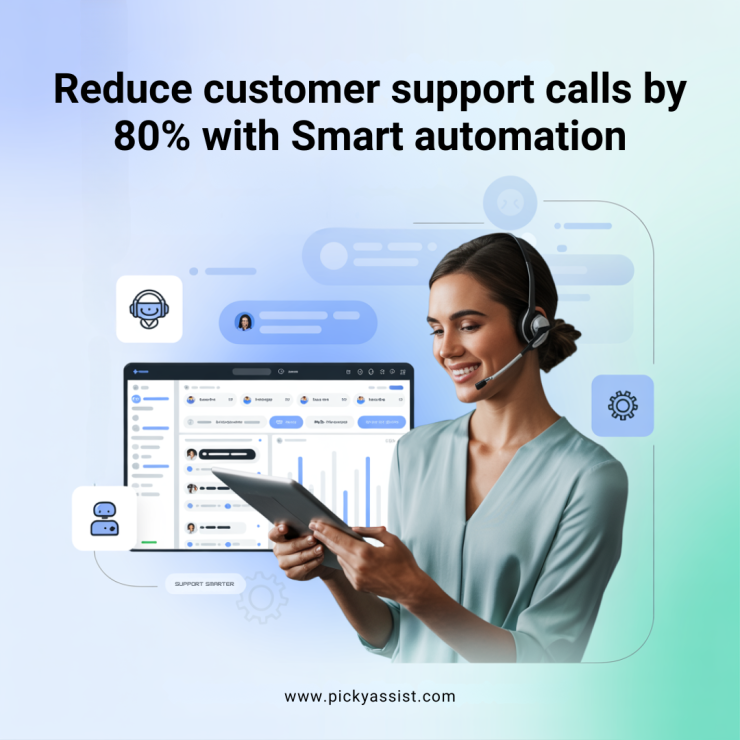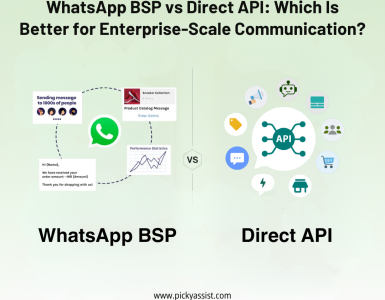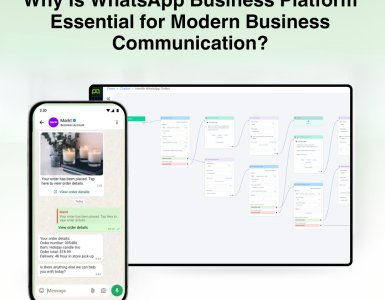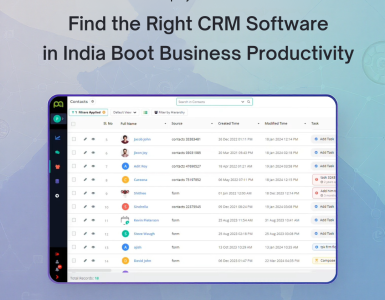When you let technology answer simple, repeatable questions first, your phone lines get quieter, customers get answers faster, and your team can focus on harder problems. With the right design, some businesses have cut support calls by as much as 80% for routine requests. Picky Assist and other providers show how messaging + automation deliver fast wins. Automated customer support systems are relatively increasing customer satisfactions and decreasing delays, often faced by customer support teams.
What does “Automation-first” actually mean ?
Automation-first means your systems try to help customers automatically before a person steps in. It uses short answers, menus, or simple chatbots to solve common needs, for example:
- checking an order status
- sending a payment confirmation
- resetting a password
If the system can’t solve the problem, it hands the conversation to a human agent with the full context so the customer doesn’t repeat details.
Why does this Automated Customer Support work so well?
Most support teams spend time on the same questions every day. Industry write-ups and vendor case studies show the same pattern: a large share of incoming requests are routine and can be handled without a human. When those are automated, call volumes fall, first response time improves, and customer satisfaction often rises. Picky Assist’s tools focus on messaging channels and pre-built flows that handle many such repeat questions automatically.
Simple benefits you will see fast after Automated Customer Support
- Faster answers: automated replies can appear in seconds rather than minutes.
- Fewer calls: many teams report big reductions in phone traffic for routine issues.
- Lower cost: fewer agents are needed for low-value, repetitive tasks.
- Happier staff: agents spend their time on work humans do best, empathy and complex problem solving.
Clear differences: Automation vs. Full Self-service
- Automation (best first): a bot answers simple things and passes on complex ones.
- Full self-service: a large knowledge base or guide the customer reads by themselves.
Automation-first blends both: short automated replies + links to deeper self-service articles.
Picky Assist provides a no-code flow builder, WhatsApp integrations, and templates to automate common tasks such as order checks, reminders, and receipts. These are great first projects because they are low-risk and high-return.
Which tasks are best to automate first?
Start with the easy, high-volume tasks:
- order and shipping status
- payment reminders and confirmations
- appointment scheduling and reminders
- password resets and account verification
These have clear answers and are safe to automate. Automate them first and you’ll see call volume fall quickly.
Which tasks should stay with humans?
Keep humans for anything that needs judgement, emotion, or complex problem solving:
- billing disputes or refunds with nuance
- complaints that require empathy
- safety, legal or compliance issues
Automation with chatbots should always provide an easy path to a live agent when needed.
How to design a good Automated Flow ?
- Gather data: review your top 50 questions and look for the highest-volume repeat issues.
- Write short answers: aim for one or two concise lines that solve the customer’s issue.
- Add a clear fallback: always give a visible “talk to agent” option.
- Capture context early: ask for order number or account ID upfront for smooth handoffs.
- Test and improve: measure and tune the wording and logic weekly.
How to measure whether it’s working?
Track these easy metrics within Picky Assist platform and see how your implementations actually work.
- Call volume (is it dropping?)
- Deflection rate (percent of contacts resolved without an agent)
- First response time (seconds vs. minutes)
- CSAT (customer satisfaction after automation)
- Escalation rate (how often customers need a human)
Common mistakes and how to avoid them
Many support systems fail for the same reasons, businesses try to automate everything instead of only predictable tasks, hide human assistance, leave content to age without ownership, and make decisions without data. The smarter approach is to automate repeatable workflows, offer a clearly visible “speak to an agent” path, treat your knowledge base as a living product with regular updates, and track performance through simple dashboards so improvements are driven by insight, not guesswork.
Automated Customer Support Example
A company used a messaging-first tool to automate order status checks and payment reminders. Their wait times fell from 20 minutes to under 1 minute for many queries, and phone calls for those topics dropped dramatically. Over a few months they reallocated staff to higher-value tasks and improved satisfaction scores. (Many Picky Assist case posts and other vendor case studies describe similar wins.)
Checklist before you roll out automation
- top 10 intents identified and written in plain language
- a tested pilot on one channel (e.g., WhatsApp)
- a clear handover path to human agents
- simple dashboards for key metrics
- regular review schedule for updates and improvements
Final thoughts
Automation-first support is not about replacing people, it’s about freeing them to do the work only humans can do. When you automate routine tasks thoughtfully, customers get answers faster, your team gets relief, and your business becomes more efficient. Start with small, high-volume tasks and learn as you go. The right tools make it simple, and Picky Assist is one example of a platform that helps teams move from idea to results quickly.
FAQs on Automated Customer Support
1. Can automation really reduce calls by 80%?
Yes, in focused situations with many repeated questions, automation can handle most routine queries. Case studies and industry analysis show large gains when an automation-first flow is well designed.
2. How fast can I start?
You can pilot a single automated flow in days and see results in weeks. Start small and grow. Picky Assist and many platforms offer quick setup tools.
3. Will customers be unhappy with AI chatbots?
Not if the chatbot gives fast, correct answers and offers a clear path to a human. Good wording and fallback rules matter a lot.







Add comment